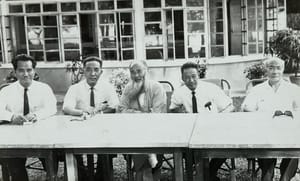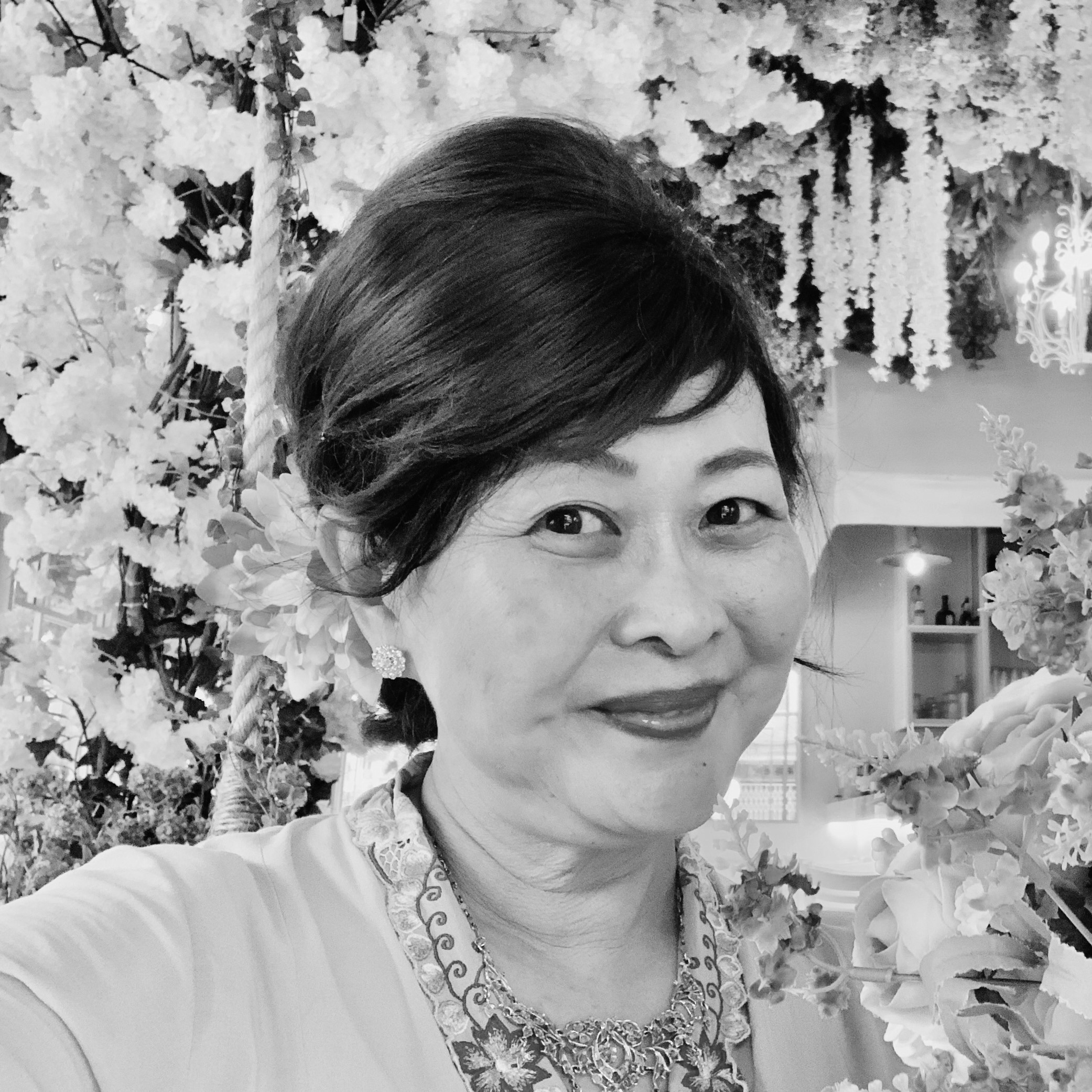Photo credit: Loh Kee Beng
IN MALAYSIA, Chinese calligraphy is commonly found—from the carved signs on shop fronts and buildings to red strips of auspicious couplets hung on walls indoors. Tsue Ta Tee (崔大地) was one of the prominent calligraphers active in Penang and the region in the 1950s and ‘60s, who helped to leave this important legacy on Penang’s cityscape.
From 30 March to 3 April this year, an exhibition was held in the Dewan Undangan Negeri to commemorate his artistic achievement. The Tsue Ta Tee Calligraphy Exhibition, supported by the Penang Calligraphy Association among others, showcased the late calligrapher’s art pieces, which had been collected by his disciples, alongside their research.
Based on an interview with Lee Soo Chee, an assistant professor at the Institute of Chinese Studies at Universiti Tunku Abdul Rahman (UTAR), who draws his insights from the research done by Tsue’s disciples in Singapore and Malaysia, this article explores the calligrapher’s life and works.[1]






